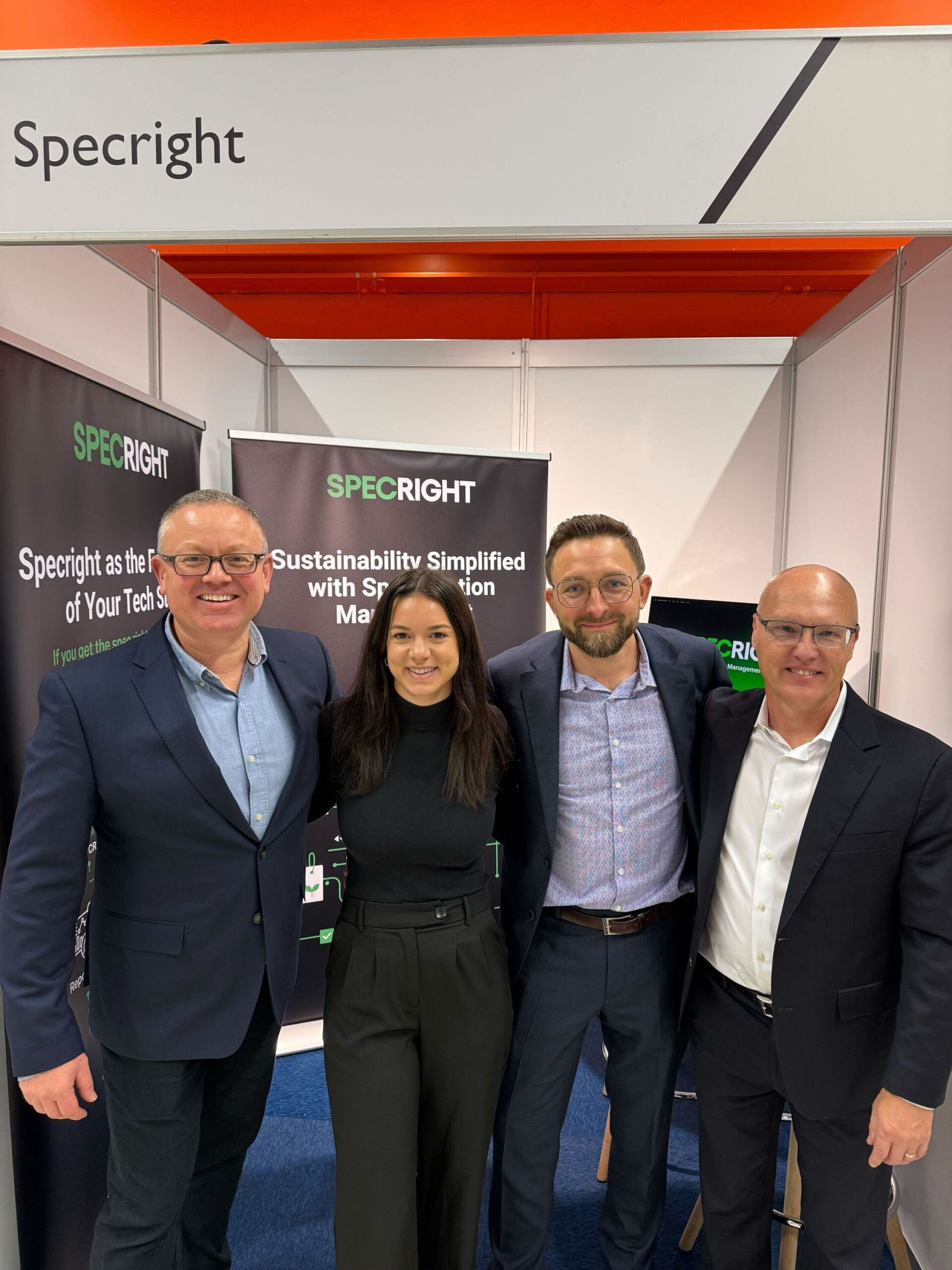With companies big and small around the world being hit with Extended Producer Responsibility (EPR) fees totaling millions across markets, companies are quickly reconsidering the role sustainability regulations play in business operations.
For suppliers, EPR came with entire networks suddenly fielding urgent requests for detailed packaging data, material composition reports, and recyclability assessments—information that many had never been asked to provide before, let alone track systematically.
This scenario is becoming increasingly common as Extended Producer Responsibility (EPR) regulations gain momentum worldwide. From the European Union’s Packaging and Packaging Waste Regulation (PPWR) to emerging state-level programs across the United States, EPR is fundamentally reshaping how companies think about their products’ lifecycles.
What started as a regulatory framework primarily targeting brand owners and producers has evolved into a comprehensive system that demands transparency from all stakeholders throughout the entire supply chain.
For suppliers, this shift represents both a challenge and an opportunity. While EPR regulations don’t directly target suppliers in most jurisdictions, the practical reality is that suppliers must understand and prepare for EPR requirements to remain competitive and compliant partners. Brand owners increasingly rely on their suppliers to provide the detailed data necessary for EPR reporting, creating new expectations and requirements that ripple through procurement decisions.
In this blog, we will explore what EPR means for suppliers, examine the challenges and opportunities it presents, and demonstrate how data-driven strategies can future-proof operations while turning compliance into a competitive advantage.
Understanding EPR: What You Should Know
Extended Producer Responsibility is a policy framework that makes producers financially and operationally responsible for the entire lifecycle of their products, particularly the post-consumer waste management phase.
The scope of EPR varies significantly across jurisdictions. From Europe and Canada to states such as California, Oregon, and New York, EPR has established new frameworks for what producer responsibility really means.
For suppliers, EPR matters because modern supply chains operate on shared accountability. When brand owners face EPR reporting requirements, compliance costs, or regulatory scrutiny, they inevitably turn to their suppliers for the data and insights needed to meet these obligations. Suppliers who cannot provide accurate, timely information about their products’ environmental impact risk losing business to competitors who can.
Key Responsibilities and Benefits for Suppliers Complying with EPR
EPR compliance creates several new expectations for suppliers, even when they’re not directly regulated. Transparency in material use becomes paramount, as suppliers must be able to report detailed information about packaging types, material composition, recyclability rates, and source materials. This level of transparency requires suppliers to maintain comprehensive records that go far beyond traditional specifications.
Data collection and management take on new importance under EPR frameworks. Suppliers need precise, granular data on packaging and product specifications, including weight measurements, material percentages, and recyclability assessments. This information must be easily accessible and formatted in ways that support various reporting requirements across different jurisdictions and customers.
Collaboration with brand owners becomes more strategic and data-intensive. Supplier data forms a foundation for producers’ EPR compliance and reporting efforts. Suppliers who can provide comprehensive, accurate data quickly become invaluable partners, while those who struggle with data management find themselves at a competitive disadvantage.
EPR creates significant opportunities for suppliers who approach it strategically. Suppliers with strong data capabilities and transparent operations become indispensable partners to brand owners navigating complex regulatory landscapes. As brand owners face increasing pressure to demonstrate sustainability improvements and regulatory compliance, suppliers who can provide detailed lifecycle data and support circular design principles will consistently win more business.
How Specification Data Empowers EPR Readiness
A specification-first approach to data management can transform EPR compliance from a burden into a competitive advantage. By managing packaging and product specifications in a centralized, digital platform, suppliers can maintain the detailed, accurate information needed for EPR reporting while streamlining their internal operations.
Specright offers real-time visibility and reporting capabilities that enable suppliers to quickly pull EPR-relevant data across multiple regions and clients. Instead of scrambling to compile information when customers make requests, suppliers with robust specification management systems can generate reports on demand, formatted according to specific requirements.
Built-in collaboration tools simplify customer-supplier communication around compliance needs. When specification data is centralized and accessible, suppliers can proactively share relevant information with customers, anticipate their needs, and demonstrate their value as strategic partners rather than simply transactional vendors.
Purpose-built Specification Data Management (SDM) platforms, like Specright, also enable suppliers to track regulatory changes across multiple jurisdictions and automatically flag products or packaging that may be affected by new requirements. This proactive approach helps suppliers stay ahead of compliance challenges while positioning them as knowledgeable partners to their customers.
EPR represents more than just a regulatory challenge—it’s an opportunity for suppliers to demonstrate leadership, build stronger customer relationships, and create sustainable competitive advantages. Suppliers who invest in robust specification management systems and take a proactive approach to EPR readiness will find themselves better positioned to thrive in an increasingly regulated and sustainability-focused marketplace.
The question isn’t whether EPR will affect your business—it’s whether you’ll be ready to turn compliance into a competitive advantage when it does. Consider how your current specification management practices support or hinder EPR readiness, and explore digital solutions that can transform regulatory requirements into opportunities for growth and partnership.
Turning Compliance Into Competitive Advantage with EPR
EPR represents more than just a regulatory challenge—it’s an opportunity for suppliers to demonstrate leadership, build stronger customer relationships, and create sustainable competitive advantages. Suppliers who invest in robust specification management systems and take a proactive approach to EPR readiness will find themselves better positioned to thrive in an increasingly regulated and sustainability-focused marketplace.
The question isn’t whether EPR will affect your business—it’s whether you’ll be ready to turn compliance into a competitive advantage when it does. Consider how your current specification management practices support or hinder EPR readiness, and explore digital solutions that can transform regulatory requirements into opportunities for growth and partnership.
To learn more about how Specright can help with EPR compliance, check out this ebook or request a demo today!
Explore More Blogs
Get Started
With Specright’s Solution Suite, you can digitize, centralize, and link your specification data to drive efficiencies, intelligence, traceability, and collaboration within your organization and across your supply chain network.




